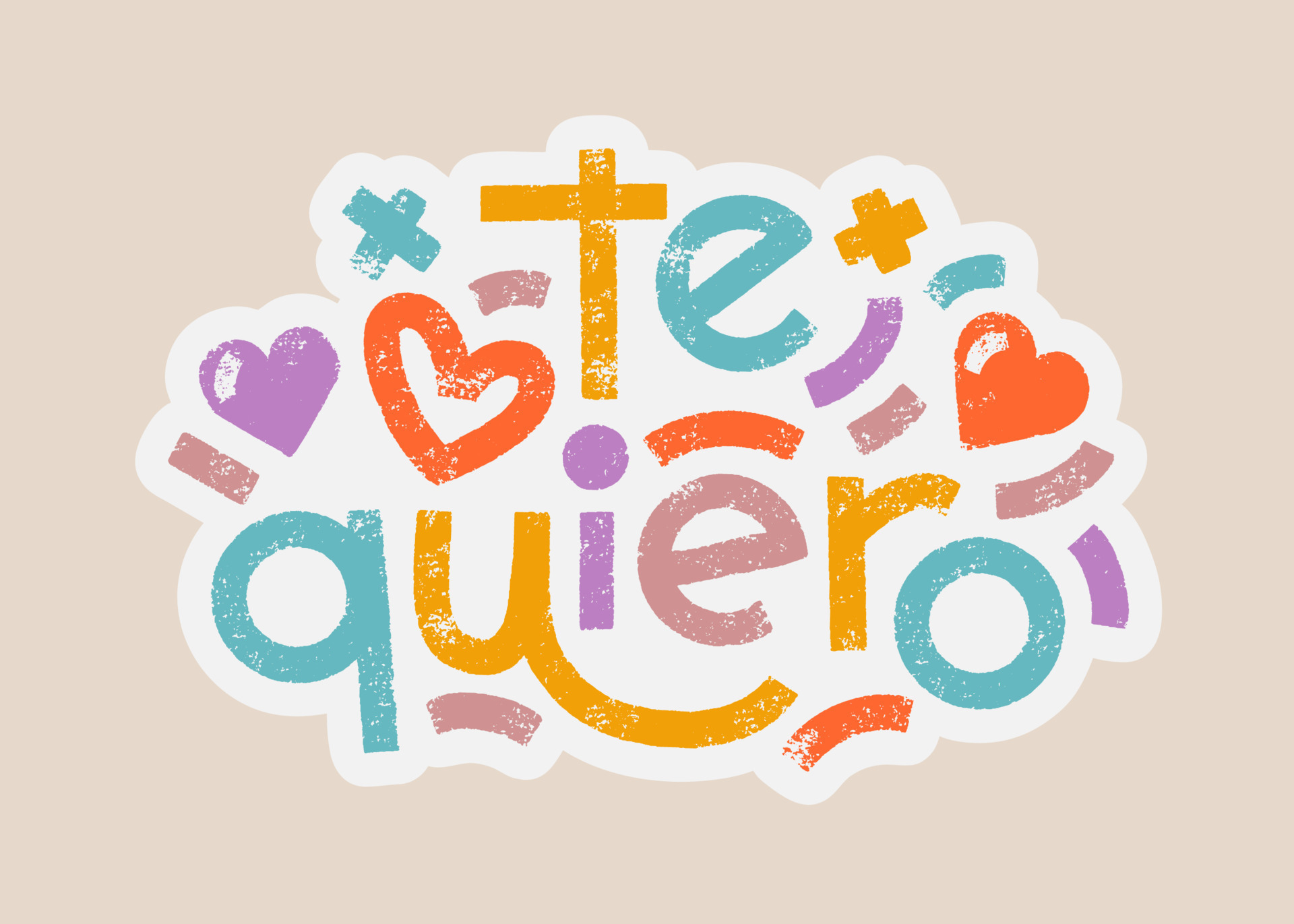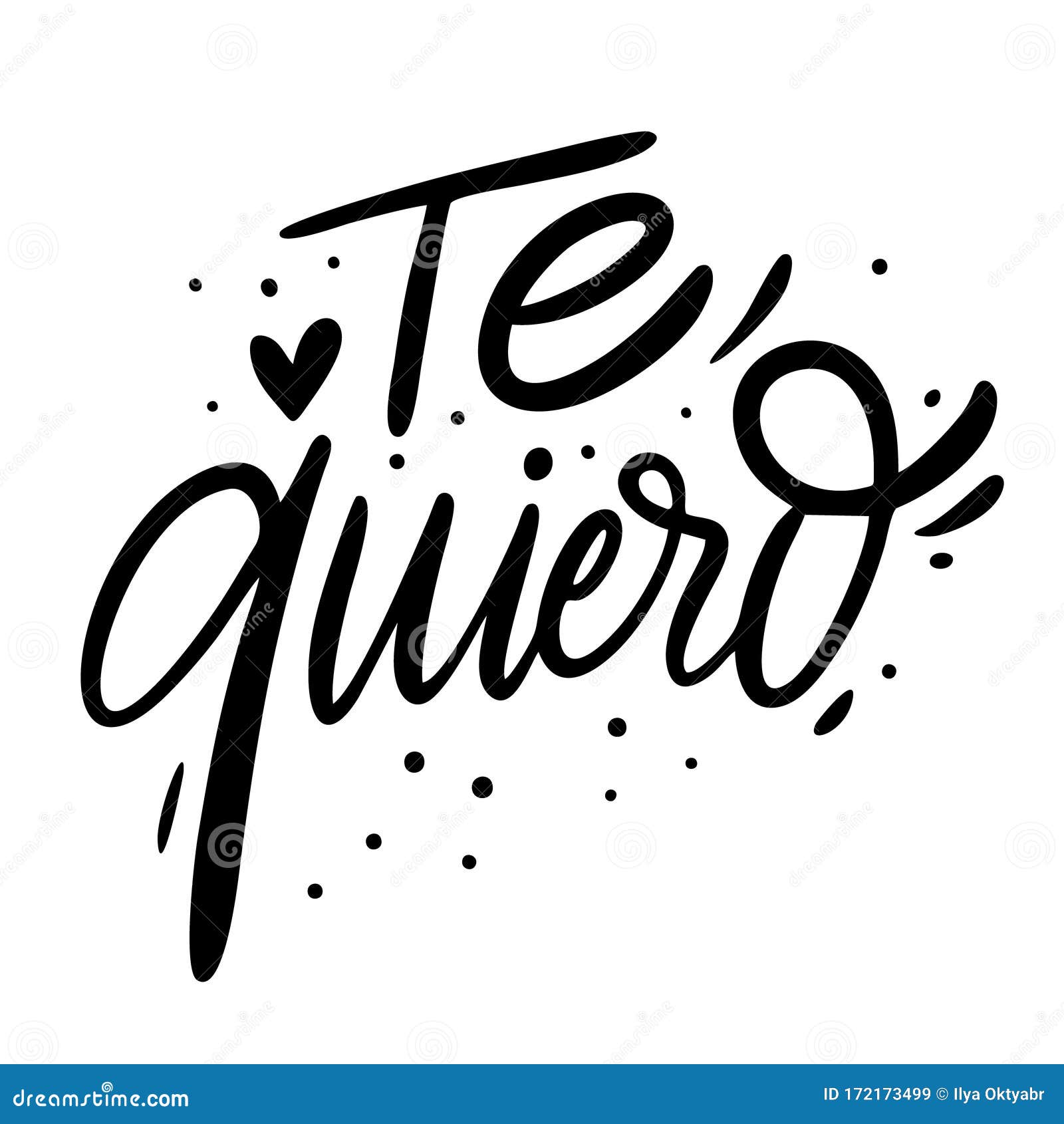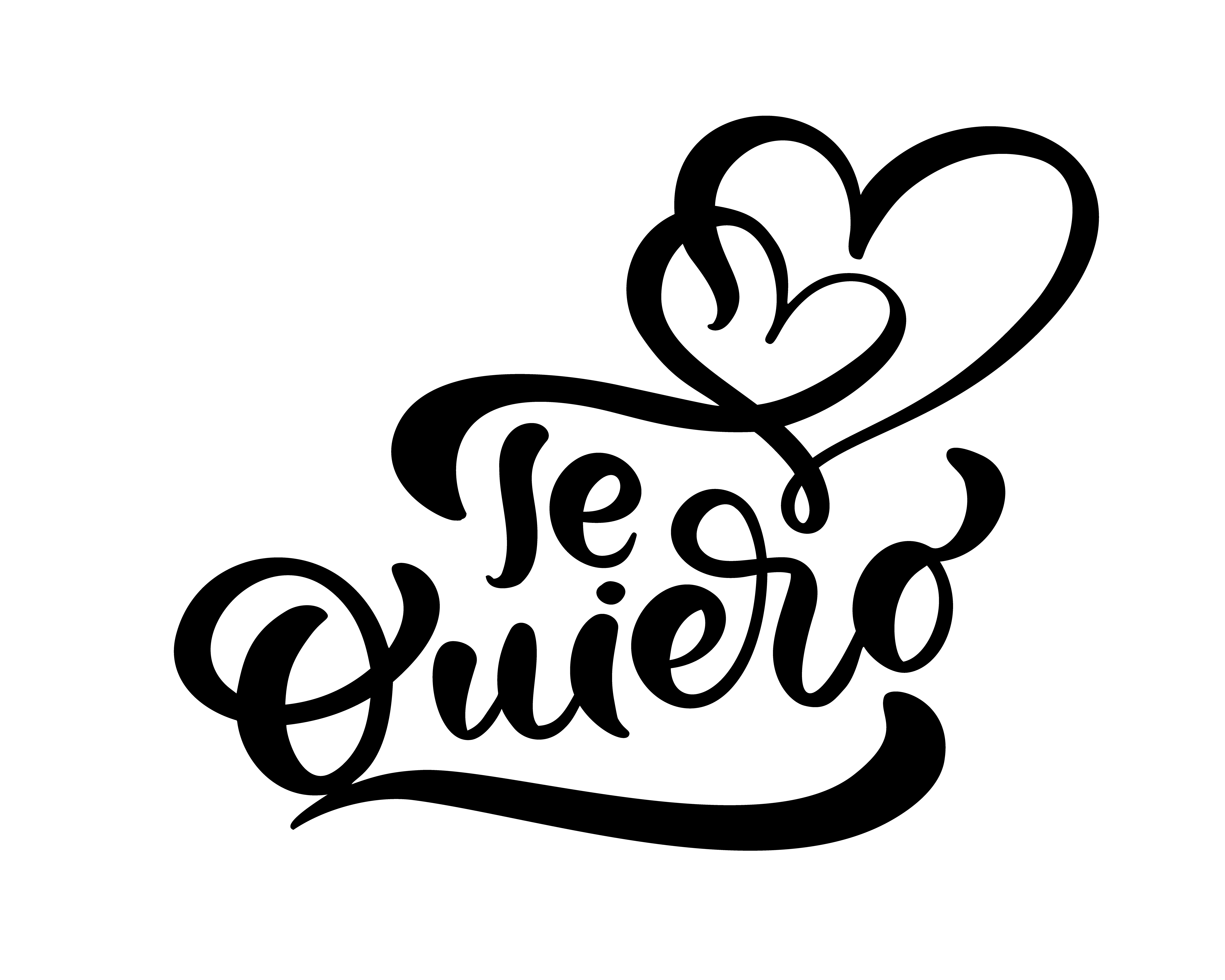The "Quiero Agua" Video: Unveiling Mexico's Dark Digital Underbelly
In the vast and often unregulated expanse of the internet, certain content emerges that not only shocks but deeply traumatizes its viewers, leaving an indelible mark on the digital landscape. Among these harrowing pieces of media is the infamous "video quiero agua," a term that has become synonymous with extreme violence and human suffering. This deeply disturbing recording, originating from the heart of Mexico's brutal cartel conflicts, exposes the raw, unvarnished brutality of organized crime and challenges the boundaries of what can be shared and consumed online. The phrase "quiero agua," meaning "I want water," refers to a specific, horrific moment within the video, uttered by a victim enduring unimaginable torment. This article delves into the origins, content, spread, and profound implications of this viral yet deeply disturbing material, urging caution and promoting awareness about the realities of cartel violence and the psychological impact of graphic content.
The "video quiero agua" is not merely a piece of digital content; it is a grim testament to the ongoing violence perpetrated by drug cartels in Mexico, particularly the Jalisco New Generation Cartel (CJNG). Its virality underscores a worrying trend in the digital age where extreme acts of violence are disseminated globally, often with little regard for their psychological toll on viewers or the ethical implications of their spread. Understanding this video means confronting a harsh reality, one that extends far beyond a computer screen into the lives of real people caught in a relentless cycle of brutality.
Table of Contents
- The Chilling Genesis of the "Quiero Agua" Video
- A Glimpse into Unspeakable Brutality: The Content of the Video
- The Victim: Fabián Urbino Morales, The Mexican Ghost Rider
- "El Clown": The Architect of Terror
- The Digital Echo Chamber: How "Quiero Agua" Went Viral
- Ethical Considerations and the Role of Social Media
- Protecting Yourself and Others from Traumatic Content
- Beyond the Screen: Addressing the Root Causes of Violence
The Chilling Genesis of the "Quiero Agua" Video
The origins of the "video quiero agua" are rooted in the brutal territorial disputes that plague Michoacán, Mexico, a state frequently embroiled in fierce conflicts between rival drug cartels. Specifically, this horrific incident unfolded in the municipality of Cotija, Michoacán. The video, which went viral under the title "Yo Quiero Agua" (I Want Water), depicts the horrific torture and eventual execution of a man. This act of extreme violence was not a random occurrence but a calculated display of power and intimidation, orchestrated by the head of the local CJNG cartel organization himself, a figure chillingly known by the nickname "El Clown." The recording, believed to have taken place between 2019 and 2020, captures the final moments of the victim's life before his brutal murder by members of the Jalisco New Generation Cartel. This particular "quiero agua" video serves as a stark reminder of the CJNG's notorious reputation for extreme brutality and their willingness to employ terror as a weapon. The meticulous nature of the recording, filmed by a member of the drug cartel, suggests it was intended for wide dissemination, a grim message sent to rivals and the public alike, solidifying the cartel's fearsome image.A Glimpse into Unspeakable Brutality: The Content of the Video
The content of the "video quiero agua" is profoundly disturbing, making it one of the most perturbing original versions of cartel violence circulated online. It shows the horrific torture before the execution of the man known as the Mexican Ghost Rider. In a particularly gruesome scene that has traumatized the internet, the victim is skinned alive from his face. This level of disfigurement is so severe that, in one of the most impactful scenes, the victim presents an appearance eerily similar to Marvel's villain 'Red Skull,' a comparison frequently drawn by viewers who have unfortunately encountered the footage. Throughout the material, the victim is observed suffering in immense pain, pleading for a little water in his final moments of life. The video is a raw, unedited depiction of a man attacking and assaulting another person, culminating in the victim's desperate plea. The "quiero agua" video is not just a recording of violence; it is a chilling psychological torment, where the perpetrator, dressed as a clown, cruelly offers water to the individual in his last moments. This sadistic detail further amplifies the horror, turning the act into a spectacle of psychological torture alongside the physical. The infamous "quiero agua" video has traumatized the internet, leaving a lasting impression on anyone who has inadvertently or intentionally viewed its graphic content.The Victim: Fabián Urbino Morales, The Mexican Ghost Rider
The victim in the "video quiero agua" has become tragically known across the internet as the "Mexican Ghost Rider." This moniker likely emerged due to the horrific facial disfigurement he suffered, drawing parallels to the fictional character. His real name was Fabián Urbino Morales. He was an inhabitant of the municipality of Cotija in the state of Michoacán, the very location where this brutal act unfolded. Fabián Urbino Morales was not an unknown figure in the region. He was feared and respected by the people of Aguililla, Michoacán. His reputation stemmed from his role in the brutal underworld of cartel conflicts, as this man "came with all the evil to assassinate contras," implying his involvement in violent retaliations against rival factions. This context suggests that his kidnapping and subsequent torture were not random acts but likely part of the ongoing, brutal power struggles between cartels. He was kidnapped by CJNG hitmen, who were commanded by 'El Clown,' the plaza boss of this cartel in Aguililla. The fact that a figure of his standing was subjected to such public and extreme torture underscores the ruthless nature of the CJNG and the absolute authority 'El Clown' wielded in the region. The fate of Fabián Urbino Morales, the Mexican Ghost Rider, serves as a grim example of the extreme violence and lack of humanity that characterizes cartel warfare in Mexico."El Clown": The Architect of Terror
At the center of the "video quiero agua" and the horrific events it depicts is the chilling figure known as "El Clown." This individual is identified as the head of the local CJNG cartel organization, making him a powerful and feared leader within the criminal underworld of Michoacán. The nickname "El Clown" itself adds a layer of macabre irony to his persona, given the unspeakable acts of violence he orchestrates. The video where you can see the torture and execution of a man, known as the gore video "I Want Water," was explicitly the work of this hitman, "El Clown." His role as the plaza boss in Aguililla signifies his significant control over the cartel's operations in that strategic region. It was under his direct command that CJNG hitmen kidnapped Fabián Urbino Morales, the man who would become the Mexican Ghost Rider. The fact that "El Clown" himself made the video, or at least oversaw its creation and dissemination, speaks volumes about his intent: to instill maximum fear and demonstrate the CJNG's absolute dominance and brutality. The viral video of the "clown" from Reddit Core, which circulated widely on platforms like Telegram and TikTok, further cemented his notoriety. His name, "member el payaso," is listed among search terms that should never be searched, a testament to the extreme nature of the content associated with him. "El Clown" represents the cold, calculated cruelty at the heart of cartel violence, using terror as a primary tool for control and intimidation.The Digital Echo Chamber: How "Quiero Agua" Went Viral
The "video quiero agua" gained notoriety on the internet due to its perturbing and violent content, spreading rapidly across various social media platforms. In the current digital age, where content circulates with unimaginable speed and reach, certain videos transcend the barriers of what is socially acceptable, causing alarm and debate. The popular "quiero agua" cartel video on Twitter opens to a desolate Mexican landscape, setting the scene for a nightmarish tableau that quickly captured morbid curiosity. The reality is that social media, on occasion, becomes a conduit for such extreme material. The "video quiero agua" was particularly diffused on X (formerly Twitter), where content restriction policies are generally less stringent compared to other social networks. This allowed the graphic images and footage to circulate widely, leaving users impacted and often traumatized. The search term "quiero agua" is the way internet users seek out this video online, despite its disturbing nature. It's important to note that if you search for this term on social media, very cruel videos and photos will appear, serving as a stark warning to those who might be curious. The "quiero agua" video gore generates disquiet on networks, sparking discussions about content moderation and the psychological toll on viewers. The 25-second video is reportedly banned on many social media platforms, yet it continues to resurface, often through alternative means like Telegram and Reddit core communities, highlighting the persistent challenge of controlling the spread of such material.The Dangers of Seeking Out Graphic Content
The human brain is not wired to process extreme violence without consequences. Deliberately seeking out or inadvertently encountering graphic content like the "video quiero agua" can have severe psychological repercussions. Exposure to such material can lead to symptoms akin to post-traumatic stress disorder (PTSD), including anxiety, nightmares, intrusive thoughts, desensitization to violence, and a distorted view of the world. For many, the infamous "quiero agua" video has traumatized the internet, leaving a lasting scar on their mental well-being. It is crucial to understand why you should avoid watching such content. Beyond the immediate shock, the images can linger, causing distress and impacting one's sense of safety and reality. The internet's vastness means that disturbing content is often just a click away, making self-regulation and awareness of potential harm paramount. The ease with which the "quiero agua" video and photo went viral on social media, impacting users, underscores the need for greater digital literacy and personal responsibility in content consumption. Protecting one's mental health means actively choosing to avoid content that is designed to shock and horrify.The Reality of Cartel Violence in Mexico
The "video quiero agua" is not an isolated incident but a chilling manifestation of the pervasive and brutal reality of cartel violence in Mexico. The Jalisco New Generation Cartel (CJNG), responsible for this particular act, is one of Mexico's most powerful and ruthless criminal organizations, known for its extreme methods of intimidation and control. The violence depicted in the video is a reflection of the daily struggle for power, territory, and illicit revenue that plagues many regions of the country, particularly states like Michoacán. This violence extends beyond direct confrontations between rival groups, impacting innocent civilians, local economies, and the overall social fabric. Kidnappings, torture, and public executions are tactics used to instill fear, assert dominance, and punish perceived transgressions. The "quiero agua" video, with its raw depiction of human suffering, serves as a grim window into this reality, highlighting the urgent need for comprehensive strategies to address organized crime and protect vulnerable communities. Understanding the context of this violence is crucial, not to sensationalize it, but to comprehend the profound challenges faced by Mexico and its people.Ethical Considerations and the Role of Social Media
The viral spread of the "video quiero agua" raises significant ethical questions regarding content moderation, the responsibility of social media platforms, and the boundaries of online freedom. While platforms strive to balance free speech with user safety, the rapid dissemination of highly graphic and violent material like the "quiero agua" video demonstrates the immense challenge they face. Policies are often reactive, attempting to ban content after it has already caused widespread harm. The fact that the "quiero agua" video circulated primarily on X (formerly Twitter) due to its comparatively lenient restriction policies, highlights a critical issue. Should platforms be held more accountable for the content that proliferates on their sites, especially when it involves extreme violence and human rights abuses? There's a constant tension between preventing the spread of harmful content and avoiding censorship. However, when material depicts real-life torture and execution, the ethical imperative to protect users from trauma and prevent the glorification of violence becomes paramount. This ongoing debate underscores the complex role social media plays in shaping public discourse and influencing collective well-being.Protecting Yourself and Others from Traumatic Content
Given the pervasive nature of the internet and the ease with which disturbing content like the "video quiero agua" can resurface, it is essential for individuals to adopt strategies for protecting themselves and others from traumatic exposure. The first and most crucial step is to actively avoid searching for such terms. As noted, searching for "quiero agua" or related terms on social media platforms like Google, YouTube, and TikTok can lead to very cruel videos and photos. It's vital to heed these warnings and understand that curiosity can lead to profound psychological distress. If you encounter a link or reference to such content, resist the urge to click. Many social media platforms have reporting mechanisms; utilizing these to flag disturbing content can help in its removal and prevent further spread. Educating friends and family, especially younger individuals, about the dangers of graphic content and the importance of critical media consumption is also vital. Finally, if you or someone you know has been inadvertently exposed to traumatic content and is experiencing distress, seeking support from mental health professionals is highly recommended. Recognizing the signs of trauma and addressing them promptly is key to mitigating long-term psychological impact.Beyond the Screen: Addressing the Root Causes of Violence
While the "video quiero agua" serves as a stark digital artifact of extreme violence, it is imperative to look beyond the screen and consider the complex, deeply entrenched issues that fuel such brutality in the real world. The acts depicted are not isolated incidents but symptoms of systemic problems, including poverty, corruption, lack of economic opportunity, and a pervasive culture of impunity that allows criminal organizations like the CJNG to flourish. The infamous "quiero agua" video, a deeply disturbing recording, exposes the extreme brutality of the Jalisco New Generation Cartel (CJNG) in Mexico, but it also points to a broader societal crisis. Addressing the root causes of cartel violence requires multi-faceted approaches that go beyond law enforcement. This includes strengthening judicial systems, promoting economic development in vulnerable regions, investing in education, and fostering social programs that offer alternatives to illicit activities. It also involves international cooperation to disrupt drug trafficking networks and combat arms smuggling. The "video quiero agua" is a horrifying reminder of the human cost of these complex issues, urging a global commitment to peace, justice, and the well-being of communities ravaged by organized crime.The "video quiero agua" stands as a chilling testament to the extreme violence perpetrated by drug cartels in Mexico and the alarming speed with which such disturbing content can spread across the internet. From its origins in Cotija, Michoacán, orchestrated by the notorious "El Clown," to its traumatic content featuring the "Mexican Ghost Rider" pleading for water, this video has left an indelible mark on the digital consciousness. It serves as a stark warning about the psychological dangers of exposure to graphic material and underscores the urgent need for responsible content consumption and robust moderation policies on social media platforms.
- Max Amini Married
- Tiktok Follower Bot
- Low Calorie Dairy Free Ice Cream
- Marta Sales Sales Age
- Gdp Of Iran 2024 Nominal Gdp Iran
Ultimately, while the "quiero agua" video is a horrifying digital phenomenon, it is crucial to remember that it represents real human suffering and the profound societal challenges posed by organized crime. We must not only protect ourselves from the trauma of such content but also engage in broader discussions about the root causes of violence and the collective responsibility to foster a safer, more humane world. Share this article to raise awareness about the dangers of graphic content and the realities of cartel violence, and consider exploring other resources that shed light on global efforts to combat organized crime and support affected communities.
- Iran Gdp World Ranking 2024
- Morgan Fille Lsu
- Does Aoc Have A Life Partner
- Hannah Palmer Husband
- What Is A Bubba Truck

Te quiero spanish words that translate as i love you bold lettering

Te Quiero Mucho

Te Quiero Mucho